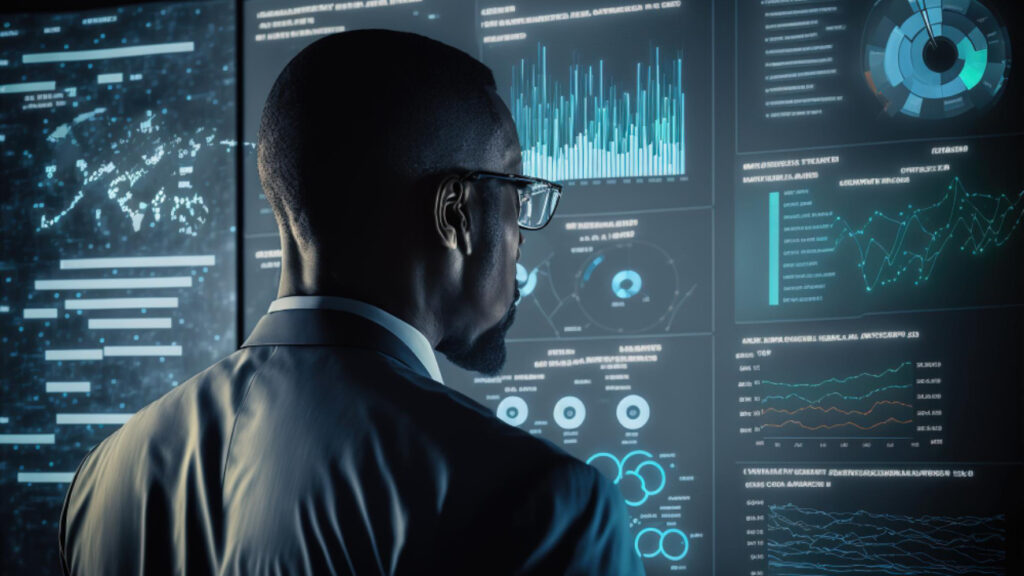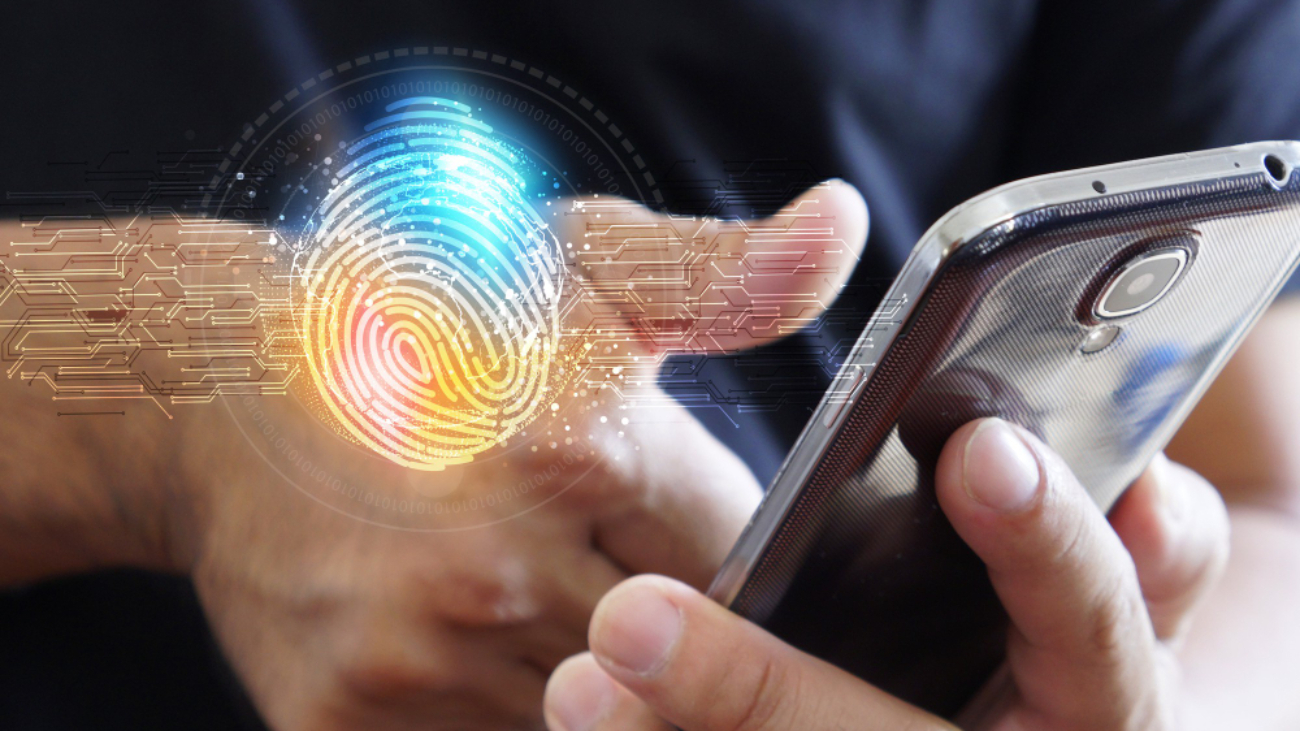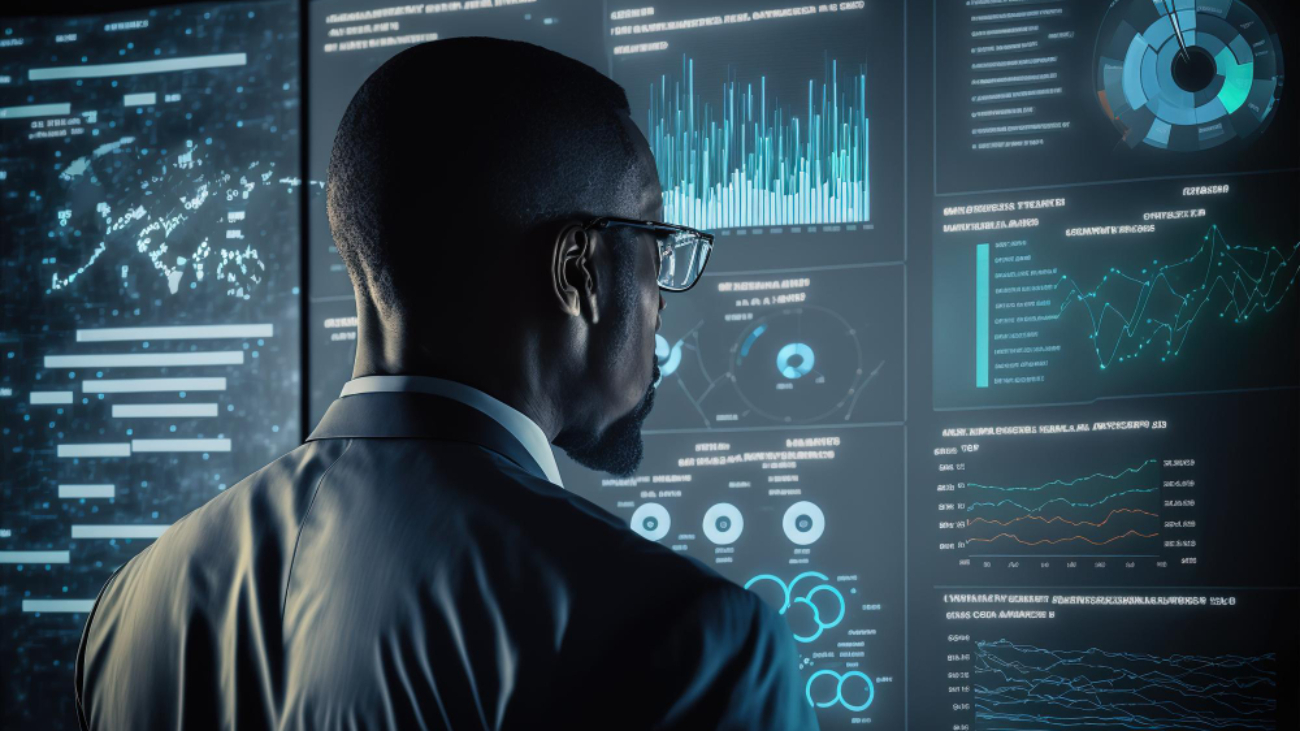It would not be an overstatement to state that biometric fusion is the pinnacle of modern identification authentication techniques stated by Bahaa Abdul Hadi. As you know, it is not only an art but also a science. It brings together different biometric modalities. The purpose of this integration is to improve the security, dependability, and accuracy of identification systems.
We live in a world, where access control and digital transactions are ubiquitous. So, the requirement for a robust authentication technique is highly felt. Biometric fusion increases come in handy for this challenge. It uses the unique characteristics of different biometric traits. Popular options include voiceprints, iris patterns, facial features, and fingerprints. It even uses behavioral patterns like keystroke dynamics.
Biometric Fusion – The Basics
In simple terms, biometric fusion involves the combination of two or more biometric systems. Each captures different elements of the identity of a person. This combination of varied modalities can take place at different levels. A few examples include decision-level, score-level, feature-level, and sensor-level fusion. What are they?
- Decision-level fusion brings together the final decisions that each system makes
- Score-level fusion aggregates scores produced by individual biometric systems that match
- Feature-level fusion brings together extracted features for different biometric modalities
- Sensor-level fusion brings together raw biometric data from various sensors
Motivation of Biometric Fusion
When talking about the objective of biometric fusion, it is multifaceted. Here are a few objectives for your understanding:
- To handle the restrictions, present in single biometric systems
- To alleviate weaknesses of different biometric modalities.
- Common weaknesses include spoofing attacks, noise, and atmospheric factors
- To produce a dependable and robust identification system
- For improving accuracy by bringing down rejection and false acceptance rates
- To improve overall security
- For increasing inclusivity by taking individuals with physical challenges on board.
- To include everyone including those with whom it is hard to capture certain biometric traits
Use Cases
Thankfully, biometric fusion, these days are used in different domains. Examples include healthcare, financial services, access control, border control, and law enforcement.
- In law enforcement, it helps with forensic investigation
- At border crossings, it improves security
- In access control systems, it makes sure that only authorized people gain entry to digital assets or secure locations
- In healthcare, it improves patient identification for reducing medical record errors.
Conclusion
In short, biometric fusion denotes a powerful shift in identity authentication. It assures inclusivity, accuracy, and better security across a wide range of applications. As technology continues to grow, the applications and capabilities of biometric fusion will also evolve. In turn, it shapes the future of identity management in the digital world.
Thank you for your interest in Bahaa Abdul Hadi Blogs. For more information, please visit www.bahaaabdulhadi.com.







